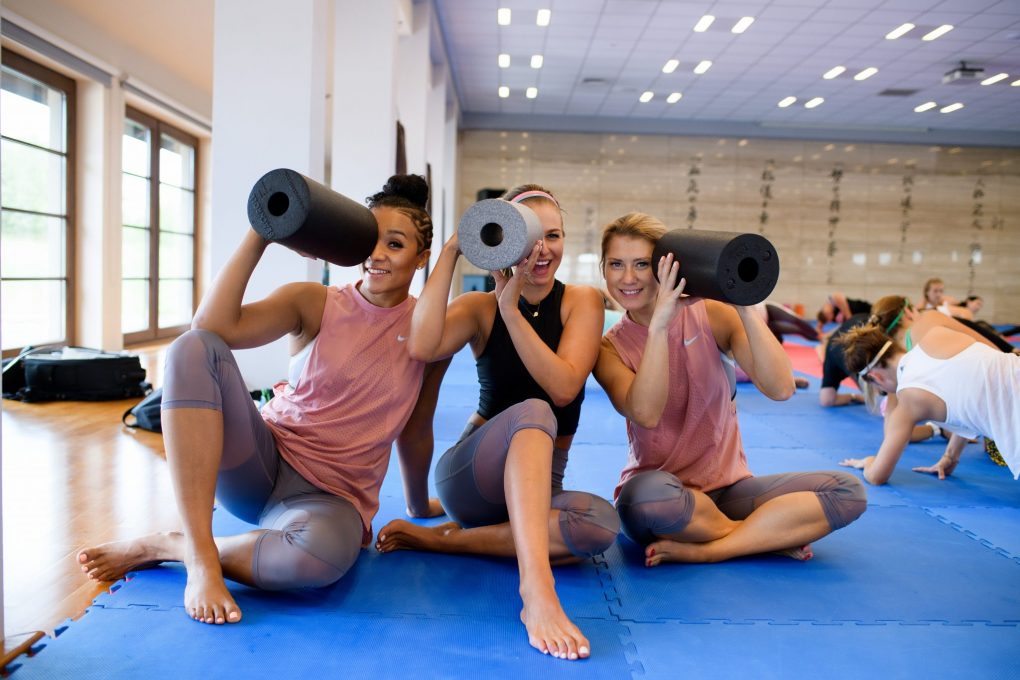
Fundamental Movement Skills
We start training movement patterns from an early age.
Fundamental movement system is basically a training program based on movement. How to perform and conduct daily workouts based on the standards of proper exercise with equipment, but primarily with your own body weight?
I want to show you the most important exercises which are crucial in everyday training. When you are aware of basic movement patterns you can build your own workout based on this essential information.
I am of course always available for you online in my app Diet & Training by Ann which will help you take care of a proper, compatible training.
Movement is best understood when divided into the simplest and fundamental items. By learning and understanding the performance of fundamental movements, we improve their effectiveness in all other activities we undertake in everyday life.
Where to start?
The most important approach to training – basic standards of fundamental movements and progression.
- How to do the exercise correctly?
- When to increase the overload?
- How to make the challenge more difficult?
Thanks to the progressiveness of training based on fundamental movements, you move better, live better, improve your posture! Take care of your body as it leads you through your whole life.
Let me ask you a question…
What do you do before lifting something heavy, before you punch or when you are surprised? Do you grit your teeth? That’s what I thought…
Your jaw is an open circuit in the middle of a very important and complicated kinematic chain. We should learn to avoid keeping our head or neck in a compensatory position.
How to avoid clenching your teeth
– relax your facial muscles;
– press the tongue against the palate and upper teeth;
– close your lower jaw;
The above sequence will allow you to build up pressure in your mouth without clenching your jaw and you will avoid flexing the erector muscles of the neck.
Rolling before training is a great way to activate your muscles and prepare them for exercise. A few minutes of rolling can successfully replace some parts of the warm-up, release fascia and warm up the muscles. Thanks to this, training becomes more effective and safe – self-massage using an exercise roller reduces the risk of muscle injury and overload.
Let’s move on to movement patterns
The most important exercises include:
- Squat
- Lunge
- Push
- Pull
- Press
- Plank
- Hinge
- Rotation
Squat
This is one of the basic exercises which shapes the strength of the lower parts of the body, due to its ability to solve the potential of the quadriceps, gluteus muscles, core muscle corset and ligamentous-tendon apparatus.
Lunges/Forward Lunges/ Backward Lunges
They form the basis for walking, running, sprinting, climbing and most bipedal mobility. The most important thing is correct performance, so you will improve efficiency in any activity that requires acceleration and deceleration in the lower body.
Push
Making a push or moving objects away. This movement will accompany you in all activities, from getting up from your bed to athletic effort.
Pull, or pulling closer to your center of mass
We do it every day while picking up objects, pulling doors, climbing a ladder, and doing exercises such as deadlift, barbell clean, pull-ups, etc.
Press
The pattern with arms above the head is full extension and external rotation of the shoulders. The most obvious examples are pressing and reaching over your head, hanging down and throwing over your head. The starting position can be standing or sitting.
Plank
Plank impacts almost every activity in our everyday life! Plank protects your spine, strengthens it and thus your spine maintains stability. When you perform planks, you have to maintain tension and stability of the midsection muscles and deep muscles.
The standard for plank is:
- neutral spine
- straight pelvic floor
- aligning your shoulders, hips, knees and ankles.
Hip Hinge
Lifting, jumping and many other athletic movements require retraction of the hips (hinge), even if you are not always aware of it. Examples of such bends include daily activities ranging from getting up from a sitting position to deadlift, clean, swing with kettlebell and hip pushing.
Rotation
When performing rotational exercises, attention should be focused on maintaining stability and generating muscle strength of the midsection, using mobility within the hips, arms and thoracic spine.
Bibliography:
- Cook G, Burton L, Hoogenboom BJ, Voight M. Functional movement screening: the use of fundamental movements as an assessment of function-part 2. Int J Sports Phys Ther. 2014 Aug;9(4):549-63.
- Cook G, Burton L, Hoogenboom BJ, Voight M. Functional movement screening: the use of fundamental movements as an assessment of function – part 1. Int J Sports Phys Ther. 2014 May;9(3):396-409. 1:
- Su H, Chang NJ, Wu WL, Guo LY, Chu IH. Acute Effects of Foam Rolling, Static Stretching, and Dynamic Stretching During Warm-ups on Muscular Flexibility and Strength in Young Adults. J Sport Rehabil. 2017 Nov;26(6):469-477.
- Woods CT, McKeown I, Keogh J, Robertson S. The association between fundamental athletic movements and physical fitness in elite junior Australian footballers. J Sports Sci. 2018 Feb;36(4):445-450.
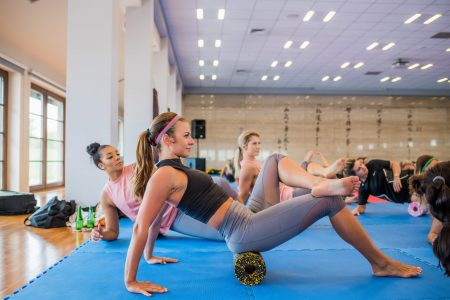
Foto: Adam Mruk






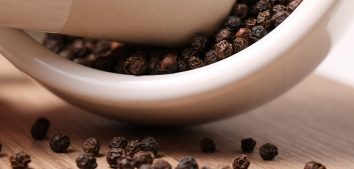
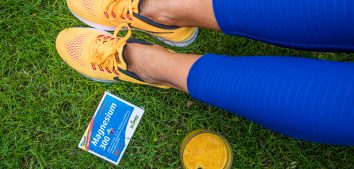
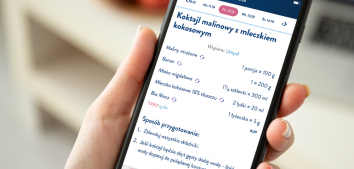

Comments No Comments
Join the discussion…